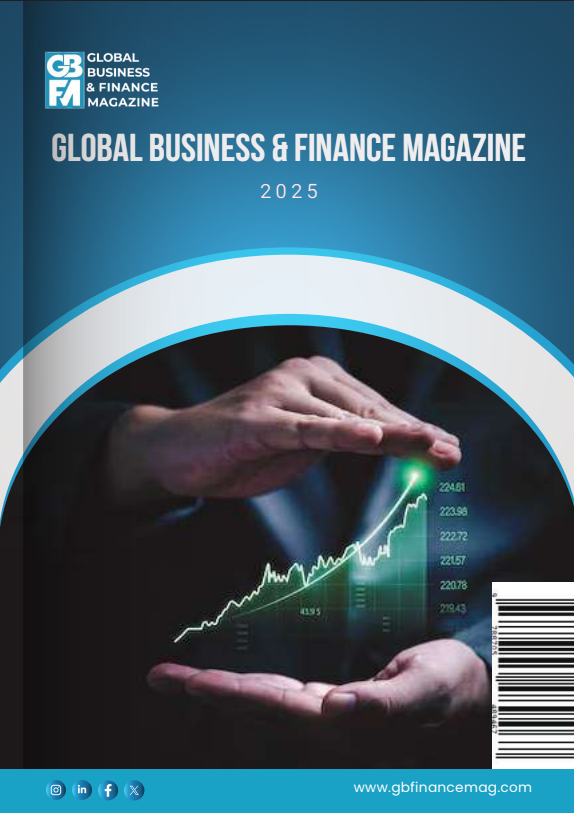Economic historians widely acknowledge that historical price data are measured with error. This column collects pre-WWI inflation data from 15 countries and uses instrumental variables to estimate inflation persistence that is unaffected by measurement error. It finds that the persistence of inflation is much stronger than previously estimated when accounting for measurement error, but still lower than in the post-WWII years. One reason for this may be households’ shifting spending patterns, such as a declining share of non-durables (which have more volatile prices) in overall spending.
While studies of 19th century inflation dynamics have generally found little or no persistence – unlike the strong persistence observed in modern data – economic historians widely acknowledge that historical price data are measured with error. Take the example of the US: official Consumer Price Index (CPI) data compiled by the Bureau of Labour Statistics are available since 1913. Before that, analysts must rely on price indices compiled by various researchers. In a comprehensive study of the available data, Officer (2014) identifies 16 cost of living series covering various subsamples between the 1770s and 1913. The existence of so many price series is in itself evidence that measurement errors must be important since at most one series can be correct. More likely, we believe, all contain at least some degree of error.
However, whether and how measurement errors impact estimates of inflation persistence is ignored in the literature. This omission is particularly surprising given the extensive literature by Christina Romer and others that shows how measurement error in historical macroeconomic data caused researchers to misunderstand business cycle movements in the pre-WWI period (e.g. Romer 1986a, 1986b, 1986c, 1989, Miron and Romer 1990, Diebold and Rudebusch 1992).
In two recent papers (Gerlach and Stuart 2025a, 2025b), we explore the issue of measurement errors and inflation persistence. We conduct our analysis using the simplest possible framework: a first-order autoregressive model for inflation. It is well-known that if the right-hand side variable in a regression is subject to measurement errors, its estimated parameter will be biased towards zero. In the present case, that means that the degree of persistence will be underestimated.
The standard approach to dealing with measurement errors is to use another statistical technique, called instrumental variables, which we apply in our papers.
US evidence
In Gerlach and Stuart (2025a), we first collect five measures of inflation compiled by various researchers for the US over the period from 1842 to 1913 (Figure 1).
Figure 1 US inflation series, 1842-1913


We use three different instrumental variables to obtain estimates of persistence that are unaffected by measurement error:
- For each inflation rate, we use as an instrument the median inflation rate computed using the other inflation rates.
- The median percentage change of six commodity prices which we know are not used as proxies in the construction of our price series: wheat, raw cotton, wool, nails, copper, and turpentine.
- Since inflation is transmitted between close neighbours through imports and exports, we use Canadian inflation. Since it is a much smaller economy, Canadian inflation is unlikely to be an omitted variable in a US inflation equation.
While one can take issue with any one of these instruments, our results are remarkably consistent using all three. Ignoring measurement error, the average estimate of the persistence parameter in the US data is 0.44. Using our instrumental variables approach to deal with measurement errors, the persistence parameters range between 0.69 and 0.92 and are on average 0.86 (Figure 2). Furthermore, the difference between the two sets of estimates is statistically significant. In Gerlach and Stuart (2025b), we extend the analysis back to the 1780s using Canadian inflation as an instrument and obtain similar results (also Figure 2).
Figure 2 Average estimated persistence, various samples


International evidence
We broaden our analysis using data for an additional 14 countries. In this case, for each country we use as an instrument the median inflation rate for the other 13 countries.
Ignoring measurement error, the average persistence parameter across the 14 countries is 0.18. Using instrumental variables more than doubles the average persistence parameter to 0.44 (Figure 2). Moreover, the latter estimates that allow for measurement errors are statistically different from the estimates that do not.
Overall, while the choice of instruments can always be challenged, we view the consistency of our findings across the various instruments as compelling evidence that measurement error has led researchers to underestimate the level of persistence in inflation in the 19th century.
Was historical inflation as persistent as it is today?
Does this mean that inflation was as persistent in the 19th century as it is today? Using data from 1960 to 2020 for the US and the 14 countries that we study yields an average persistence parameter of 0.84. That is somewhat higher than most of our instrumental variable estimates on the historical data.
What factors may explain these differences? One reason may be households’ shifting spending patterns: it is well known that non-durables prices, which include items such as food and energy, are more volatile than durables and services prices. Indeed, the share of non-durables in the US consumer basket declined from 69% of overall spending in 1839 to just 22% in 2020 (Figure 3).
Figure 3 Share of non-durables in personal consumption expenditures, 1839-2020


Sources: BEA Table 2.3.5. Personal Consumption Expenditures by Major Type of Product, Kuznets (1961) Table R-13, p. 522, Gallman (1966) Table 5, p.18.
Estimating the persistence parameter by sector on annual US data for the period 1960 to 2020, we find that it is about 0.85 in the cases of durables and services, but just 0.61 for non-durables. Of course, focusing solely on non-durable goods is misleading since historical price indices include some durables and services. However, quantitatively, these estimates of persistence are broadly similar to those in the historical period. This suggests to us that some combination of measurement error and structural factors may explain the lower level of persistence before WWI.
Conclusion
The existing literature fails to engage with the issues of measurement error when estimating persistence in historical inflation data. We use a statistical approach that remains appropriate even in the presence of measurement error. While the merits of an individual instrument can always be questioned, our results are remarkably consistent: allowing for measurement error, parameter estimates are on average almost double or triple – and statistically different from – those obtained using simple ordinary least squares (OLS). Overall, we believe that measurement error is an important reason for the lack of statistical evidence of persistence in historical inflation, and that the post-WWII increase in inflation persistence has consequently been overestimated.
Source : VOXeu





